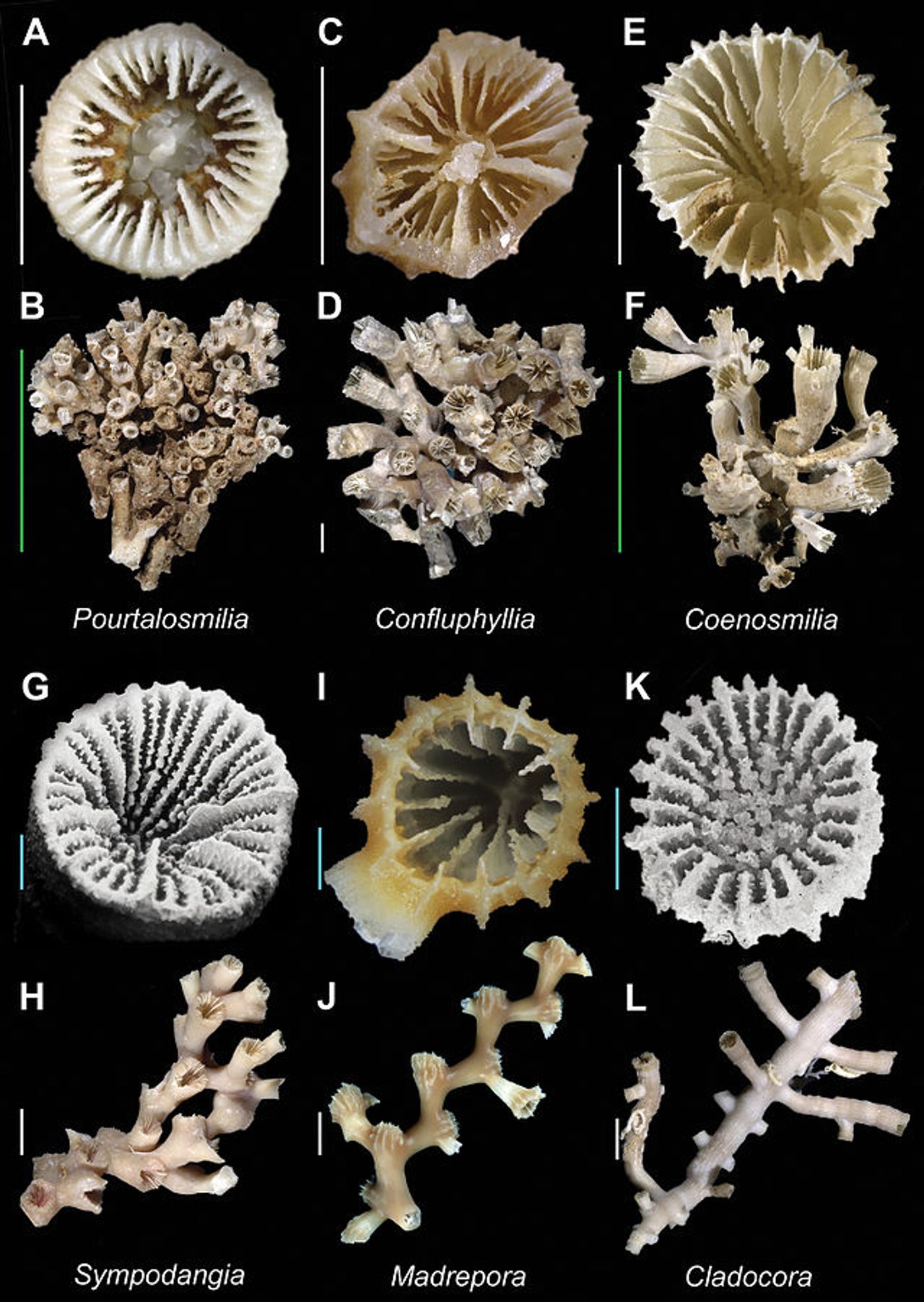The North Pacific deep sea is hiding more than we know
An article recently published in the journal Scientific Reports, suggests that seamounts in the Northwestern Hawaiian Islands may be hiding surprises in their depths. Science has previously thought that this region of deep ocean was too harsh for corals called scleractinia to live, but an expedition through the seamounts in an autonomous underwater vehicle shows otherwise.
Reef-forming scleractinian corals are composed of small, stony polyps that settle on the seabed and grow bony skeletons to protect their soft bodies, explains Science Daily. Scientists believed that these corals could not form in the North Pacific because there are low levels of aragonite in the waters, which scleractinia need to develop their skeletons. The North Pacific also has high carbonate dissolution rates. Carbonate dissolution measures how fast carbonate substances such as coral skeletons can dissolve; obviously higher rates are not productive for reef structures.
Amy Baco-Taylor, the scientist leading the study, exclaims: "I've been exploring the deep-sea around the Hawaiian Archipelago since 1998, and I'd seen enough to know that the presence of these reefs at these depths was definitely unexpected. Even if the corals could overcome low aragonite saturation and build up robust skeletons, there are areas on the reefs that are just exposed skeleton, and those should be dissolving," she said. "Even if the species could survive in the area, we shouldn't be finding an accumulation of reef."
Then why are they finding exactly that?
There are two things that the corals have going for them: high concentrations of chlorophyll and “suitable” current velocities. The report states specifically that extra chlorophyll may help counteract the low aragonite levels because of an abundance of food. Nevertheless, there are still unanswered questions. Baco-Taylor says that she and others hope to find more reefs similar to the ones they already discovered, not only to ensure their preservation but also to better understand the big picture. "If more of these reefs are there, that would run counter to what ocean acidification and carbonate chemistry dictates," she said. "It leaves us with some big questions: Is there something that we're not understanding? How is this possible?"
In a broader image, the discovery of these reefs offers a twist to the doomsday environmental story that ocean acidification usually tells regarding coral reefs. "These results show that the effect of ocean acidification on deep-water corals may not be as severe as predicted," David Garrison said. Garrison is a program director in the National Science Foundation's Division of Ocean Sciences. “What accounts for the resilience of these corals on seamounts in the Pacific remains to be determined." To see footage of some scleractinian corals, watch the video below.
Sources: Science Daily, Scientific Reports









